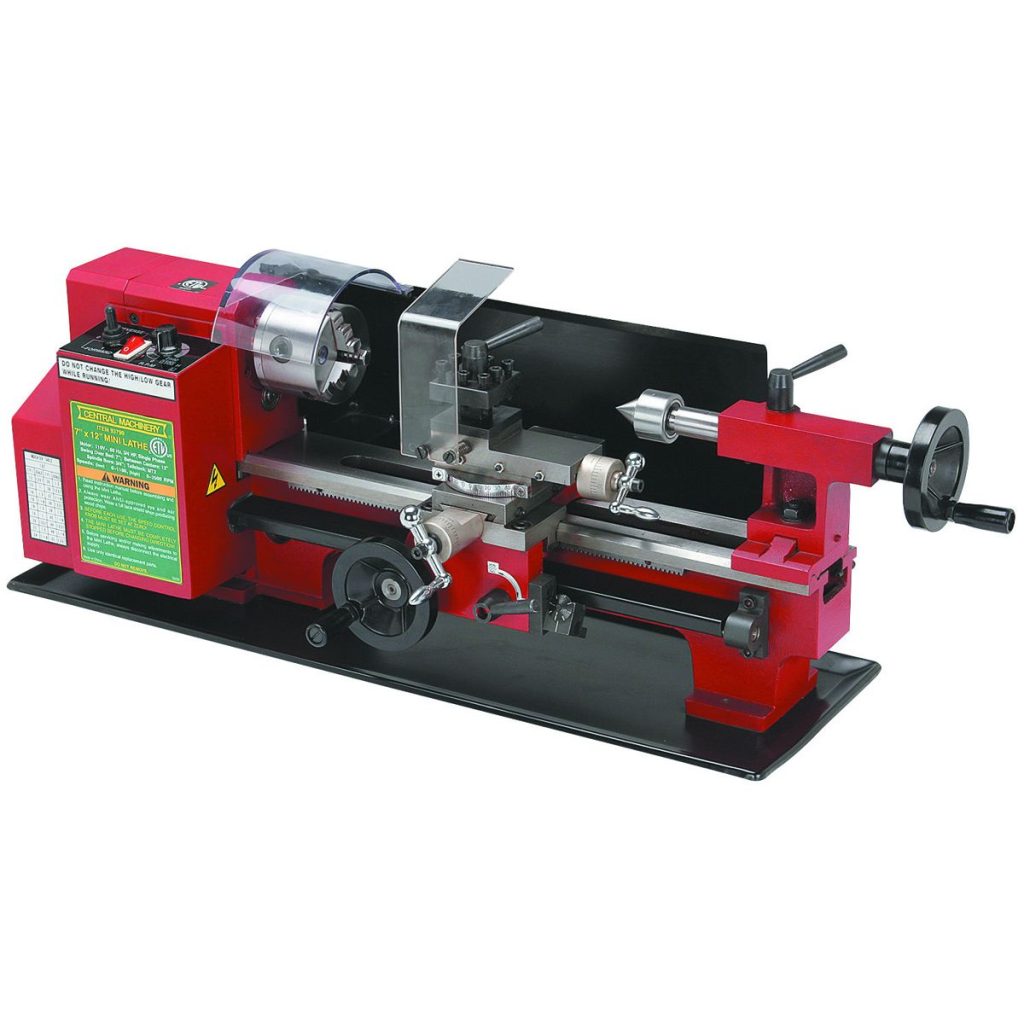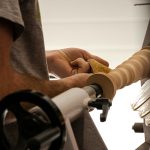Mini Lathe Machines: Small Size, Big Possibilities
In a world where maker spaces are shrinking and home workshops are becoming more popular, mini lathe machines are emerging as the perfect solution for hobbyists, small business owners, and DIY enthusiasts. These compact powerhouses pack professional capabilities into a workshop-friendly footprint.
Why Mini Lathes Are Revolutionary
Think of mini lathes as the Swiss Army knives of the machining world. Despite their compact size—often fitting comfortably on a workbench—these machines can handle an impressive range of projects, from crafting custom pen blanks to fabricating small mechanical parts.
Key Advantages of Going Mini
Space Efficiency
- Typically requires just 2-3 feet of bench space
- Weighs 70-120 pounds—movable when needed
- Perfect for garage workshops and small studios
Cost-Effective Entry Point
- A fraction of the cost of full-sized lathes
- Lower power consumption
- Affordable tooling and accessories
- Excellent learning platform for beginners
Surprising Capabilities
- Precision down to 0.001 inch
- Speeds up to 2500 RPM
- Can work with various materials:
- Metals (aluminum, brass, mild steel)
- Plastics
- Woods
- Acrylics
Popular Applications
The versatility of mini lathes opens up countless possibilities:
- Model-making and prototyping
- Jewelry crafting
- Custom tool making
- Small parts manufacturing
- Hobby projects
- Educational demonstrations
- Repair work
Getting Started with Your Mini Lathe
Essential Features to Consider
- Speed control range
- Bed length
- Swing over bed
- Threading capabilities
- Power feed options
- Chuck size
- Tailstock travel
Must-Have Accessories
- Additional chuck jaws
- Live center
- Tool post holders
- Measuring tools
- Basic cutting tools
- Workholding devices
Tips for Maximum Performance
Maintenance Matters
- Regular cleaning and lubrication
- Proper alignment checks
- Belt tension monitoring
- Backlash adjustment
- Chuck maintenance
Best Practices
- Start with softer materials while learning
- Use appropriate cutting speeds
- Maintain sharp tools
- Secure proper workpiece mounting
- Practice safety protocols
Common Projects to Begin With
- Simple bushings and spacers
- Custom fasteners
- Small tool handles
- Decorative knobs
- Chess pieces
- Workshop accessories
The Future of Mini Machining
As technology advances, we’re seeing mini lathes with increasingly sophisticated features:
- Digital readouts
- Variable speed control
- CNC capabilities
- Enhanced precision
- Improved durability
Conclusion
Mini lathes prove that size isn’t everything in machining. These compact machines offer an accessible entry point into the world of metalworking while delivering professional-grade results. Whether you’re a hobbyist, small business owner, or aspiring machinist, a mini lathe could be the perfect addition to your workshop arsenal.


